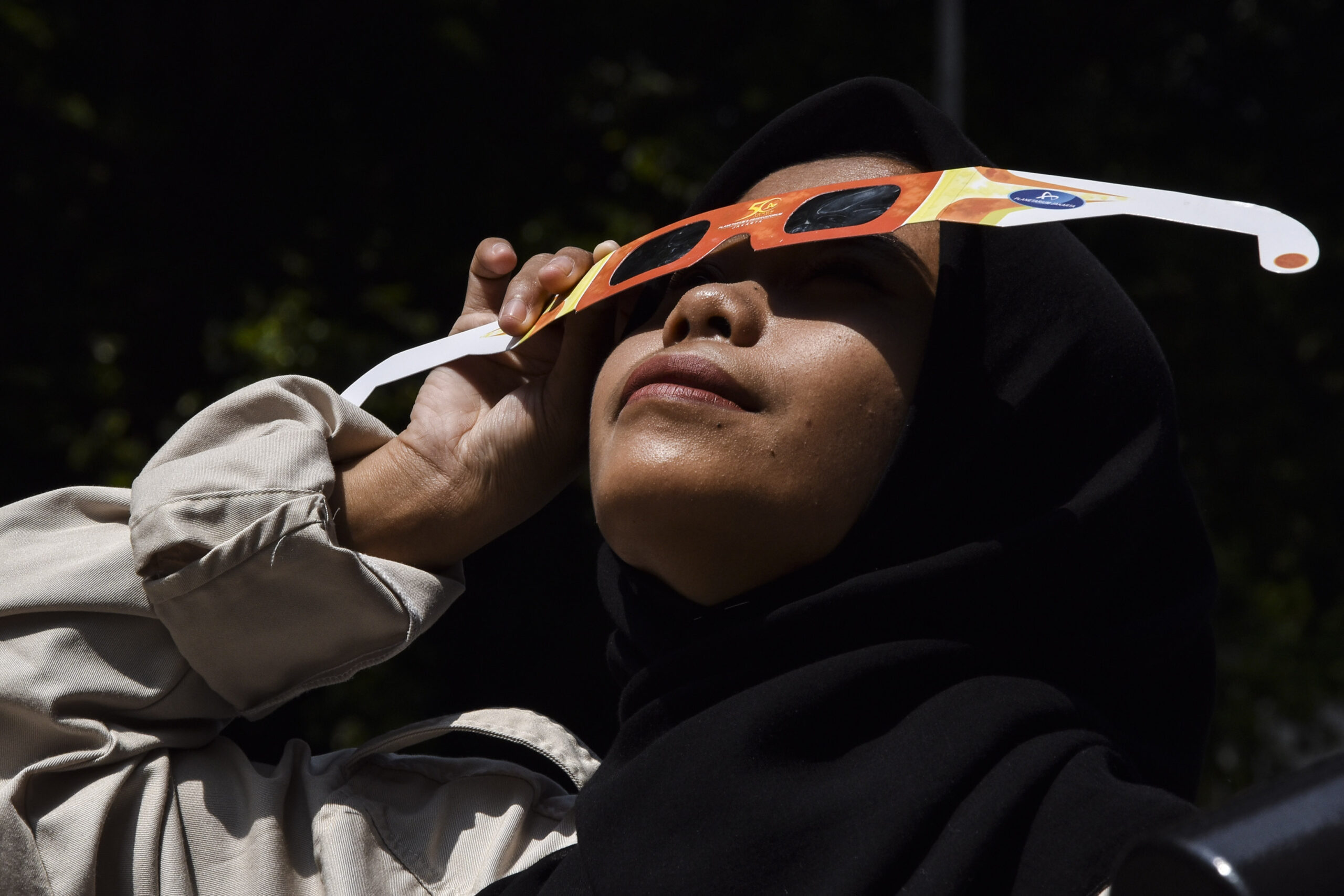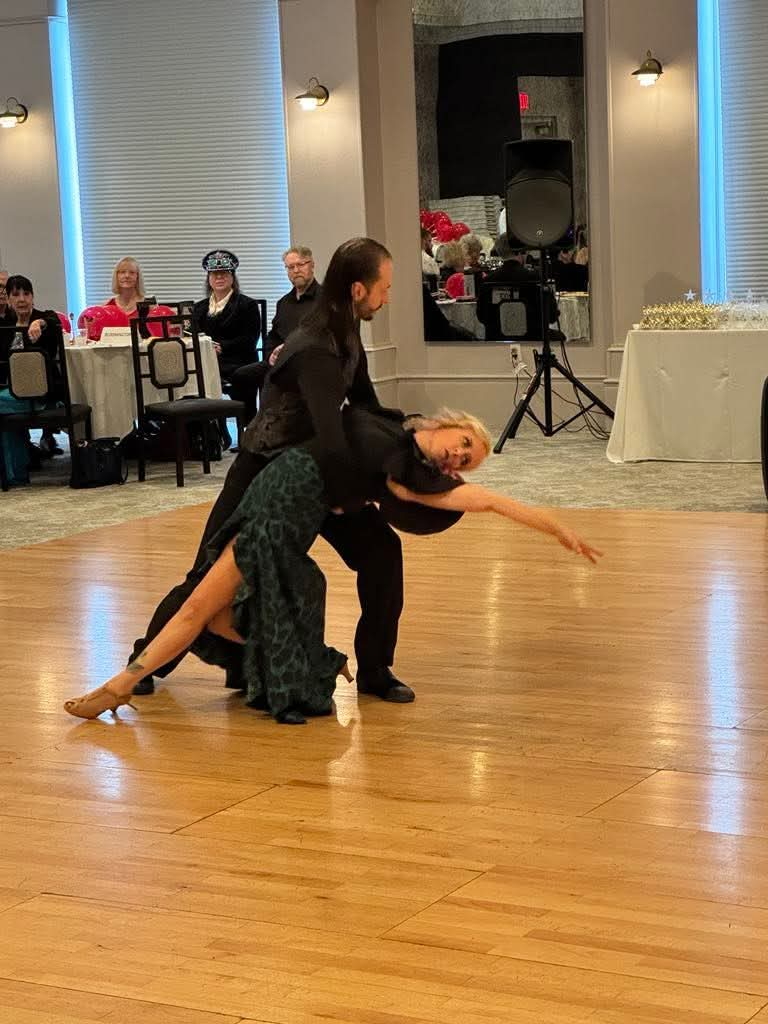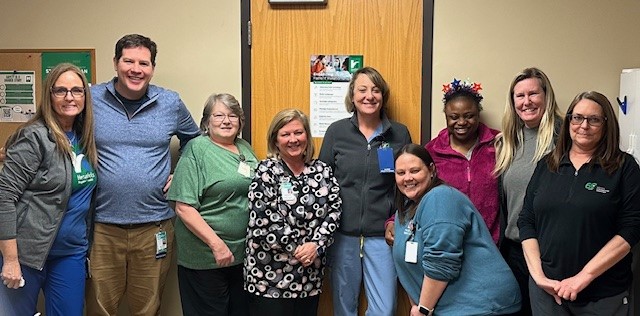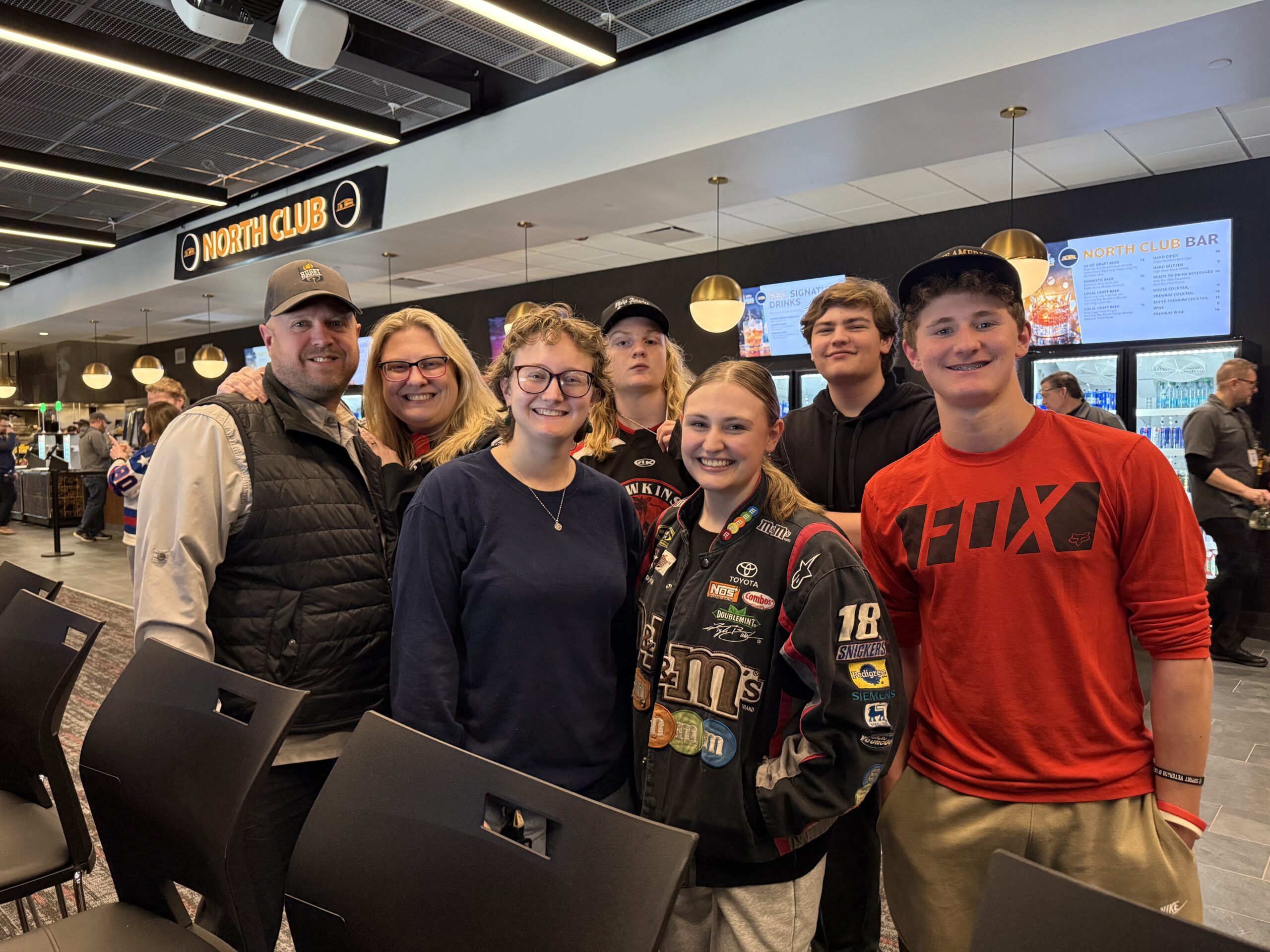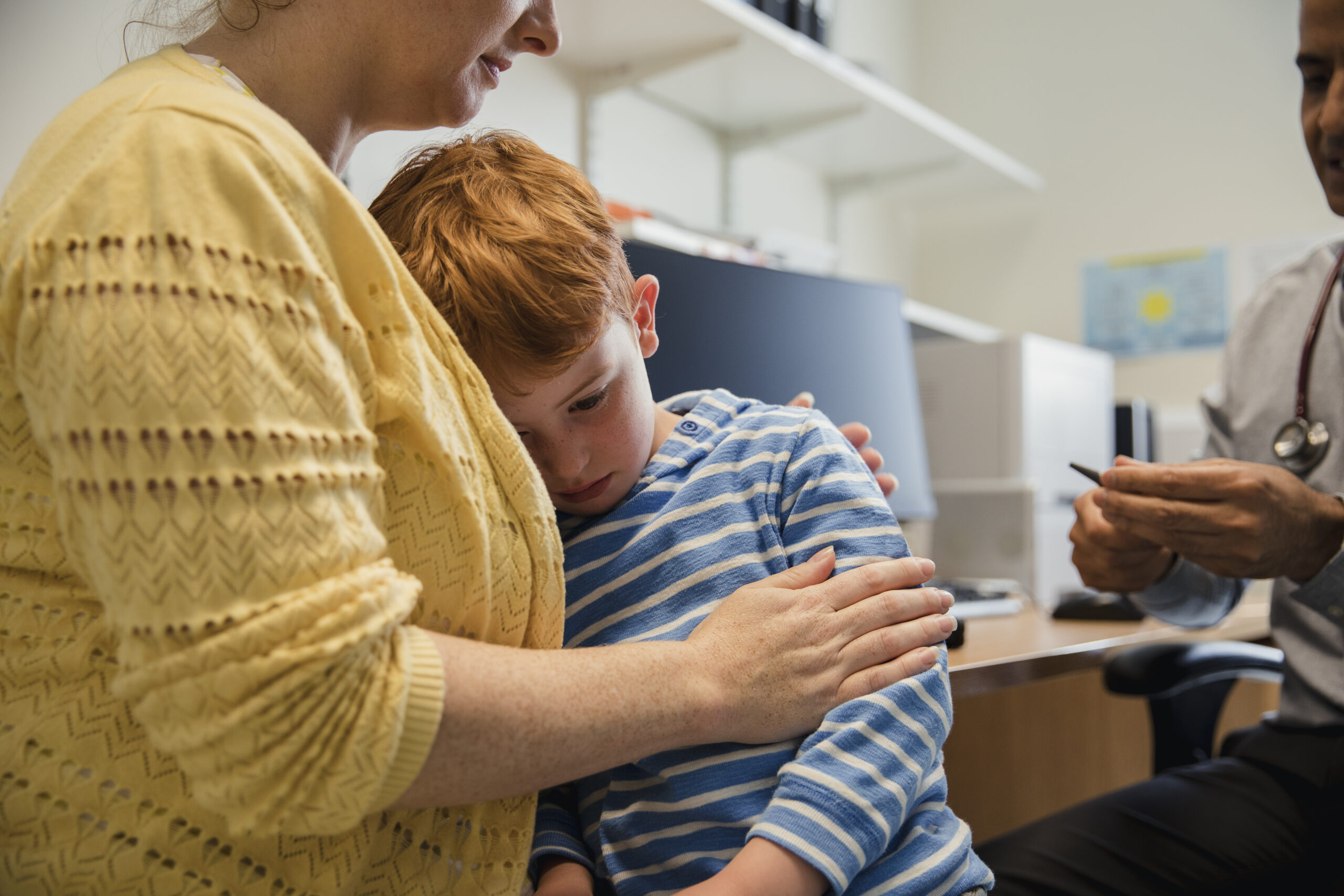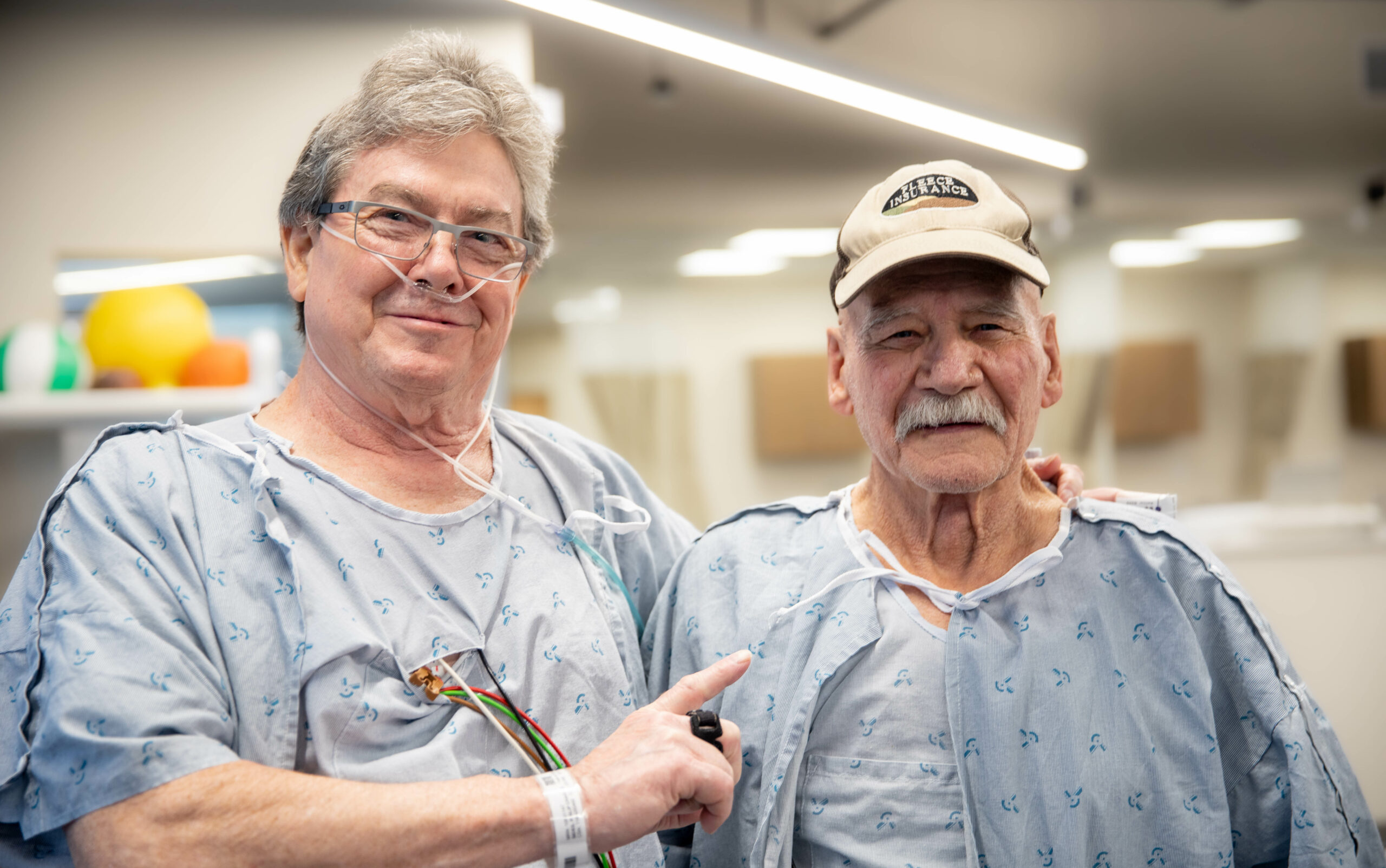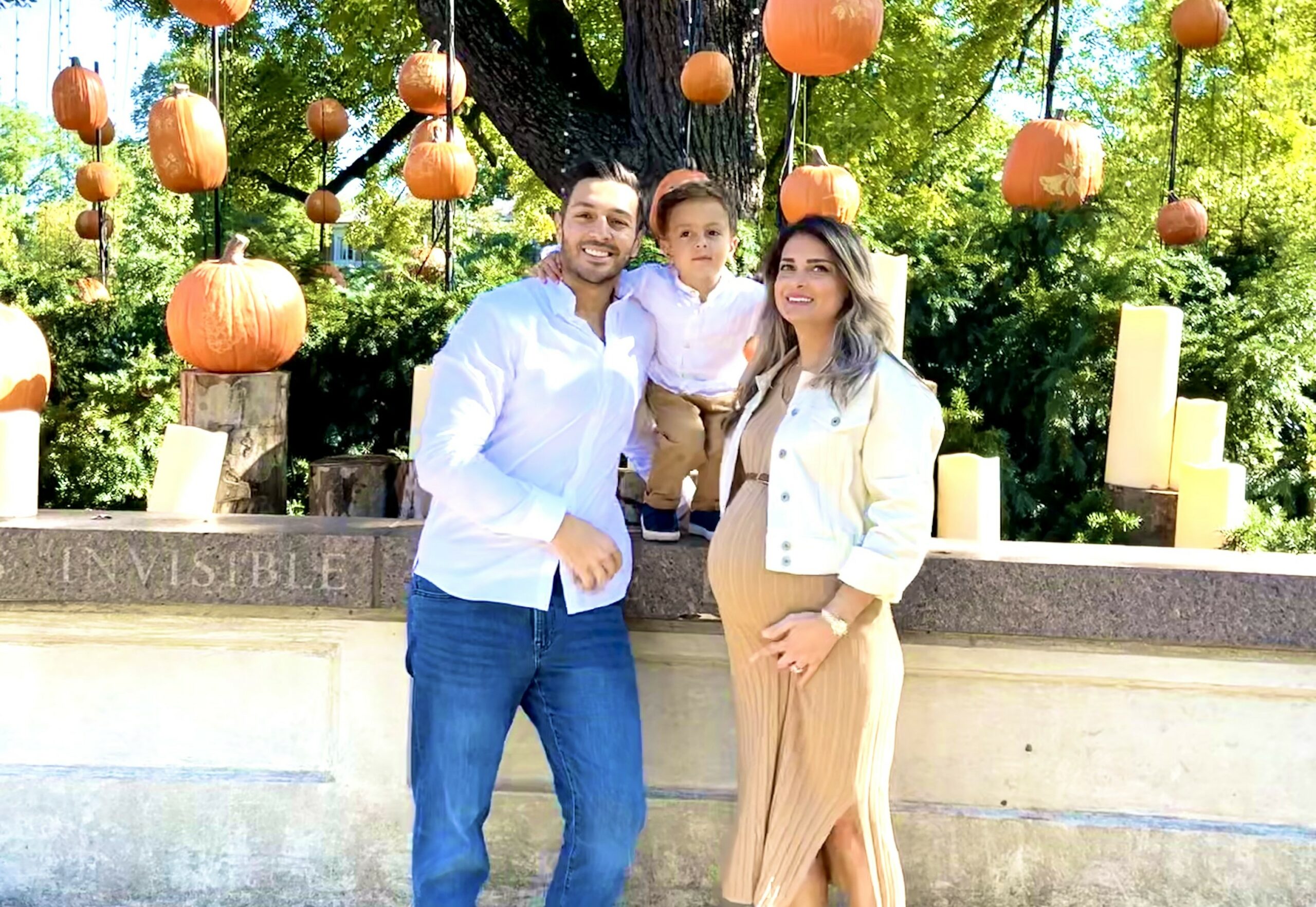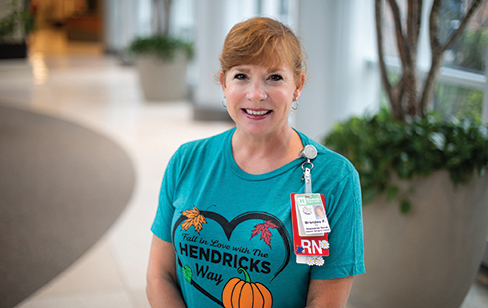On April 8, 2024, the residents of Hendricks County will have a front-row seat to view a spectacular astrological phenomenon. A total solar eclipse will occur in the afternoon, darkening the skies over central and southern Indiana. This will be a once-in-a-lifetime opportunity to view a total solar eclipse in the Hoosier state. Therefore, we should take advantage of this chance to see one of nature’s rarest wonders!
Viewing a solar eclipse needs to be done carefully and with the correct precautions. Looking directly at the sun during an eclipse without the correct eyewear can cause permanent damage to our eyes, particularly to the retina located in the back of the eye. This article will explain why looking at the solar eclipse is dangerous without the right eye protection and how we can enjoy this experience safely with the correct eyewear.
Inside our eyes is an important tissue called the retina. The retina acts like film in a traditional camera. The light that enters the eye is focused on a specific part of the retina called the macula, which is very complex and delicate. The energy of normal light can safely be absorbed by specialized cells in the retina, preventing damage and allowing us to see and keep our eyes healthy. However, directly looking at the light of the sun (even during an eclipse) is too intense to be absorbed safely by the eye and can cause the retina to be damaged.
It is important to understand that the light energy of the sun is not just limited to the visible light that we can see. The sun’s energy is also transmitted in ways that we cannot see. For example, ultraviolet light waves are part of this spectrum of light. Even though we cannot see ultraviolet light, this is the part of the sun’s energy that causes our skin to sunburn. In addition, the sun also emits infrared light. We also cannot see infrared light, but we feel its effects when we perceive the heat of the sun. It is the infrared component of the sun’s energy that makes the interiors of our cars heat up so much more than the temperature outside.
Understanding the physics of the sun’s energy is essential when we view a solar eclipse. Even when the sun is partially or completely blocked by the passing moon, significant energy is still reaching our eyes, even if we cannot see it. Even though the sun appears darker during an eclipse, the light energy we cannot see is still very powerful and damaging to our eyes. Without protecting our eyes, visible and invisible light can permanently damage the retina, leaving people with a lifelong decrease in their vision. This decrease in vision is not treatable.
With this background, there are ways to safely view a solar eclipse. We can both enjoy this amazing day and protect our vision. The best way to view the eclipse is by wearing glasses that meet specific solar viewing guidelines, called “Eclipse Glasses.” Even the darkest sunglasses are not adequate. The specifications of solar viewing glasses need to meet a standard called ISO 12312-2. ISO is an international organization that provides scientific standards for the world. These solar viewing glasses are available online; just make sure they have the designation ISO 12312-2. Hendricks Regional Health will have them available for staff, patients, and visitors that day. A couple of helpful resources for safe viewing activities include:
Whether you are a seasoned astronomer or a curious eclipse sky watcher, take the time and measures to understand the importance of protecting your eyes with the proper eyewear. By prioritizing the safety of your eyes, you can experience and enjoy this celestial spectacle without risking your vision. Our eyes are precious and worth protecting, so be informed and prepared by getting the proper eye protection. Happy eclipse watching!
Hendricks Regional Health Avon Ophthalmology Team






